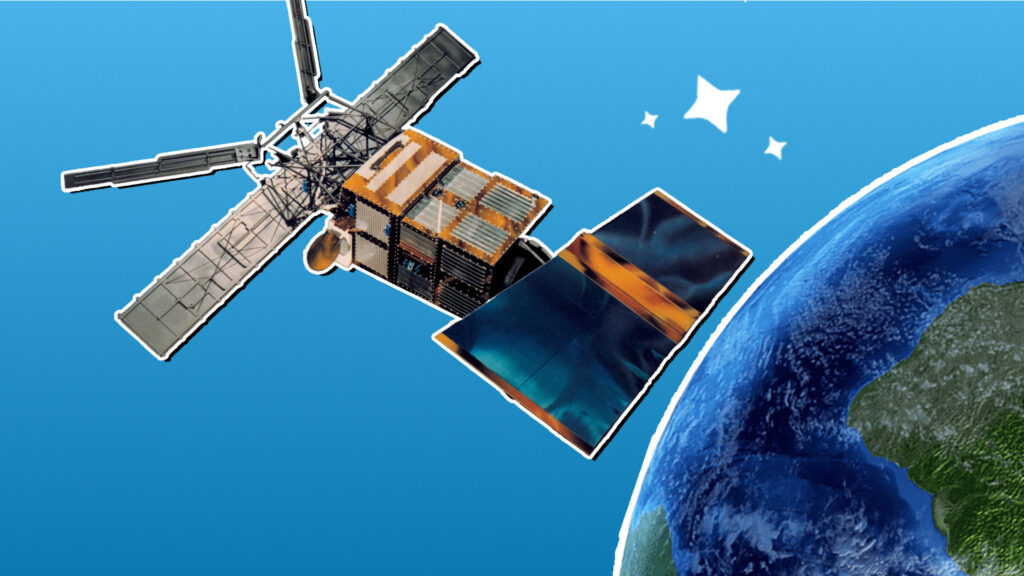In the vast space, where celestial bodies dance in a cosmic ballet, the presence of artificial satellites has become ubiquitous. These technological marvels once helped expand our understanding of the universe and facilitate global communication, but now pose major challenges as they near the end of their useful lives.
As satellites age and deplete their fuel reserves, they become susceptible to the relentless pull of Earth’s gravity, eventually succumbing to a controlled descent to the planet’s surface. However, the journey back to Earth is more than just a graceful return to land; This is a dangerous endeavor, full of challenges and implications for space exploration and environmental sustainability.
One of the most pressing issues with satellite crashes is the spread of space debris. These defunct satellites, along with discarded rocket stages and other debris, are scattered in Earth’s orbit, posing a danger to operating spacecraft and satellites. Controlled descents of large satellites require careful planning and execution to reduce the risk of collision with other objects in orbit.
Exploring the complexities of controlled descent requires a comprehensive understanding of orbital mechanics and atmospheric reentry dynamics. Engineers and scientists carefully calculate trajectories and monitor the descent to ensure the satellite follows a predictable path and safely disintegrates upon reentry.
Additionally, space debris poses challenges beyond orbital mechanics. As satellites plummet toward Earth, there is a growing need to address the environmental impacts of satellite reentry. While most parts burn in the heat of atmospheric friction, some fragments may survive the journey and reach the Earth’s surface, posing a potential risk to densely populated areas.
To address these challenges, aerospace agencies and organizations are actively developing strategies to manage and mitigate the risks associated with satellite descent. From enforcing strict satellite disposal guidelines to exploring innovative technologies for debris removal, we are working to protect our skies and the future of space exploration.
As we continue to explore controlled descents of large satellites and address the challenges of space debris, it is clear that responsible stewardship of our celestial environment is imperative. By embracing collaboration, innovation and a commitment to sustainability, we can address the complexities of satellite descent and pave the way for a safer, more sustainable future in space.
